Jan Vermeer, a Dutch painter of the 17th century, is renowned for his masterful use of light, meticulous attention to detail, and the ability to capture intimate moments in everyday life. Born in Delft, Netherlands, in 1632, Vermeer’s artistic career was marked by a relatively small output of paintings but an immense impact on the art world. In this blog post, we will delve into the life and works of Jan Vermeer, exploring his artistic style, sources of inspiration, and highlighting four of his most celebrated paintings.
Jan Vermeer’s early life remains somewhat of a mystery, but it is believed that he received training as a painter, possibly under the tutelage of local Delft artists. His artistic journey was influenced by the Dutch Golden Age, characterised by a flourishing artistic and scientific climate. Vermeer’s unique style and attention to detail reflect the influence of his contemporaries, such as Pieter de Hooch and Gerrit Dou. Additionally, his fascination with capturing light and creating a sense of tranquility in his scenes showcases the impact of Johannes Vermeer’s surroundings.
“Girl with a Pearl Earring” (1665):
One of Vermeer’s most iconic and enigmatic works, “Girl with a Pearl Earring,” mesmerises viewers with its simplicity and ethereal beauty. The painting depicts a young woman adorned with a large pearl earring, her gaze directed towards the viewer. The use of light and shadow, along with the subtle colour palette, adds a sense of mystery and allure to the artwork. This masterpiece is housed at the Mauritshuis in The Hague, Netherlands.
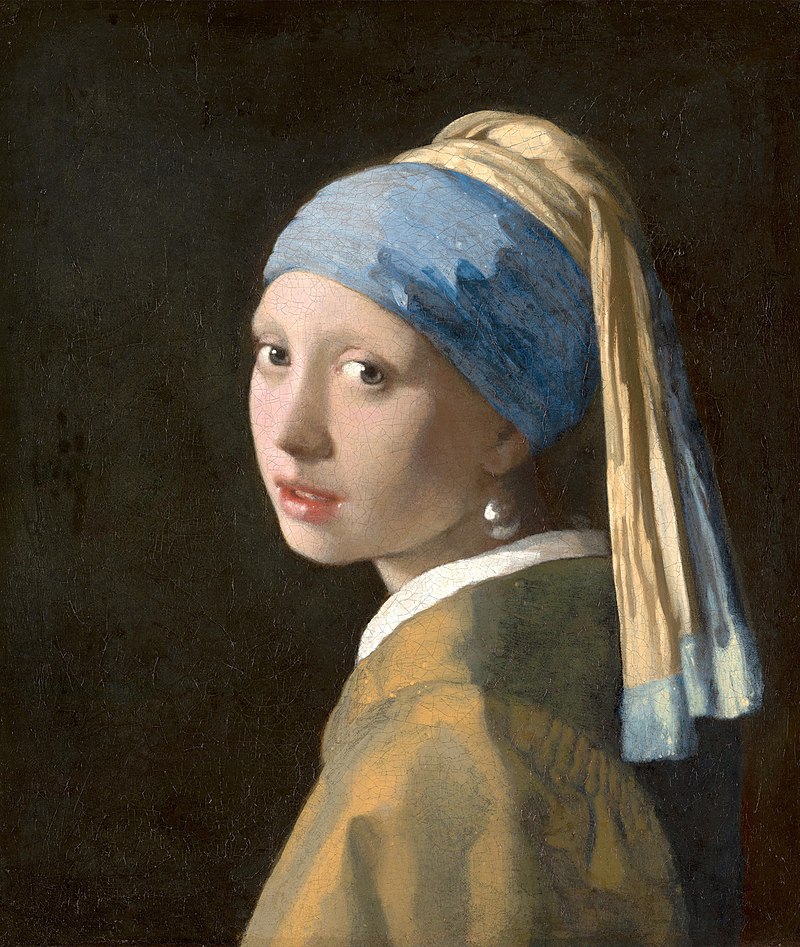
“The Milkmaid” (c. 1658):
“The Milkmaid” showcases Vermeer’s ability to elevate mundane tasks into captivating scenes. The painting portrays a maid pouring milk from a jug, captured in a moment of concentration and domestic tranquility. Vermeer’s meticulous attention to detail is evident in the texture of the bread, the reflection of light on the wall, and the overall composition. This beloved artwork can be admired at the Rijksmuseum in Amsterdam.
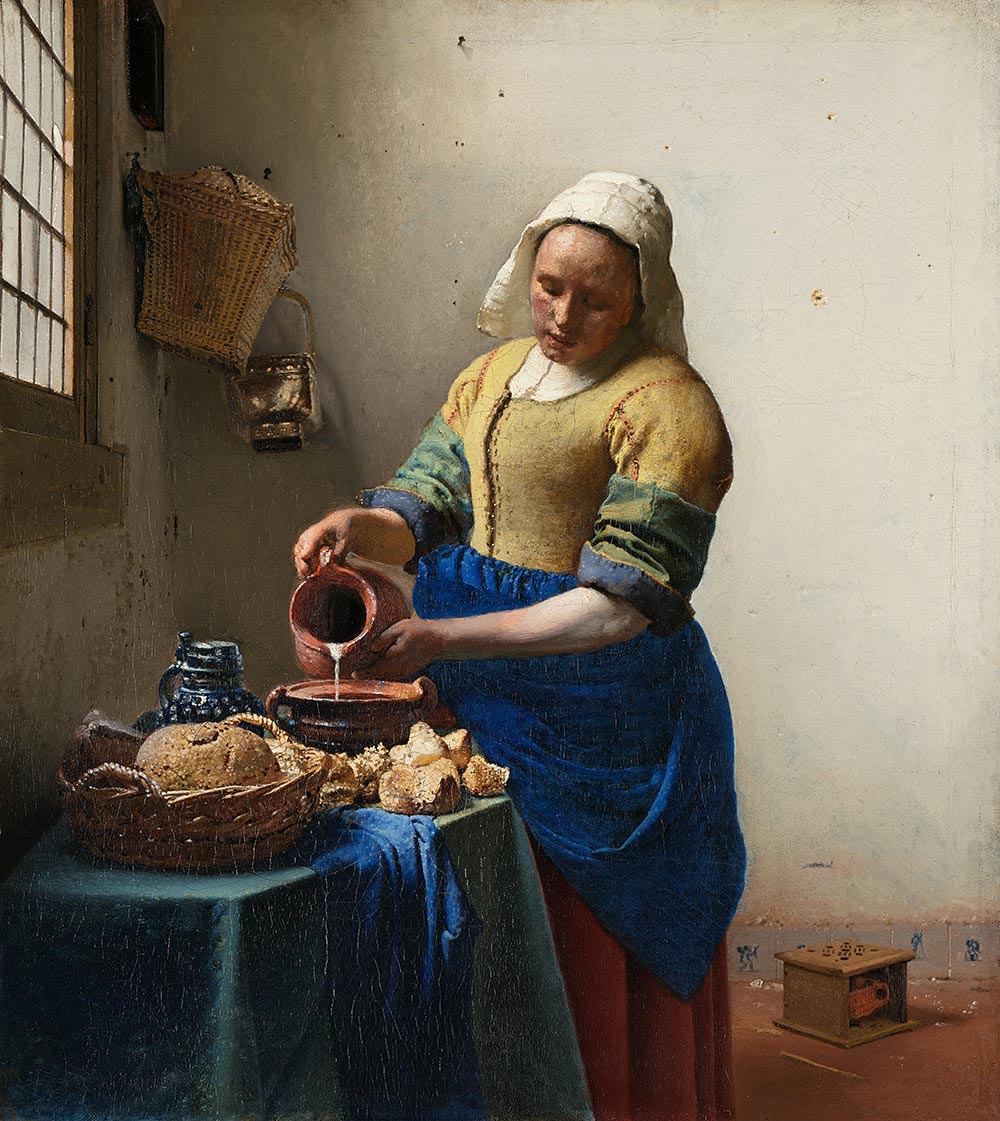
“View of Delft” (1660–1661):
“View of Delft” is a remarkable landscape painting that showcases Vermeer’s ability to capture the beauty of his hometown. The scene depicts the cityscape of Delft with its iconic buildings, canals, and vibrant sky. Vermeer’s skill in rendering intricate architectural details and the play of light on the water immerses viewers in the serene atmosphere of the city. This masterpiece can be appreciated at the Mauritshuis in The Hague.
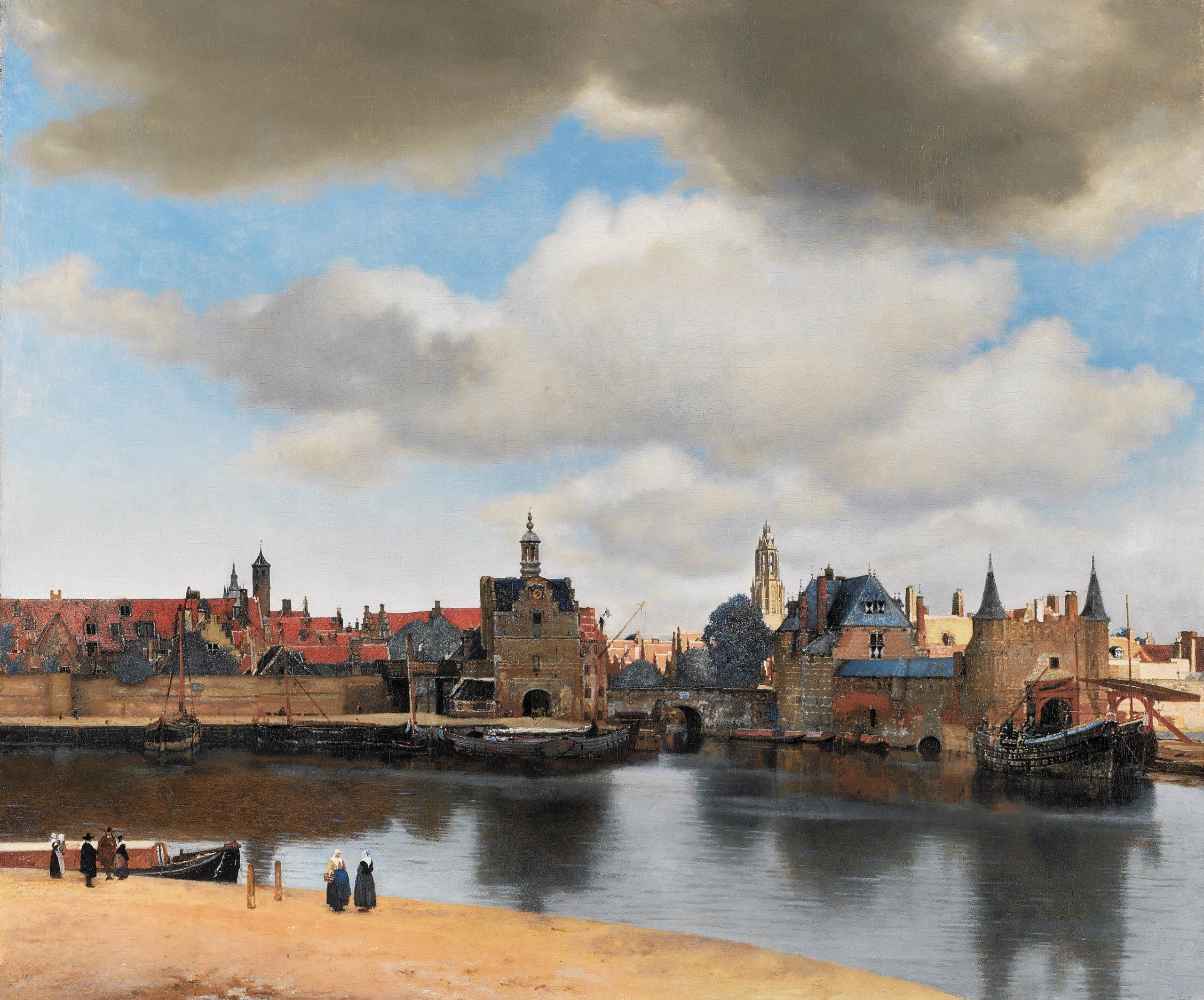
“The Art of Painting” (1666–1668):
“The Art of Painting” is a masterpiece that reflects Vermeer’s fascination with the act of creation and the power of art. The painting portrays a scene of a painter at work, accompanied by a young woman. Vermeer cleverly uses symbolism and allegory to convey the importance and impact of art on society. The artwork is currently housed at the Kunsthistorisches Museum in Vienna, Austria.
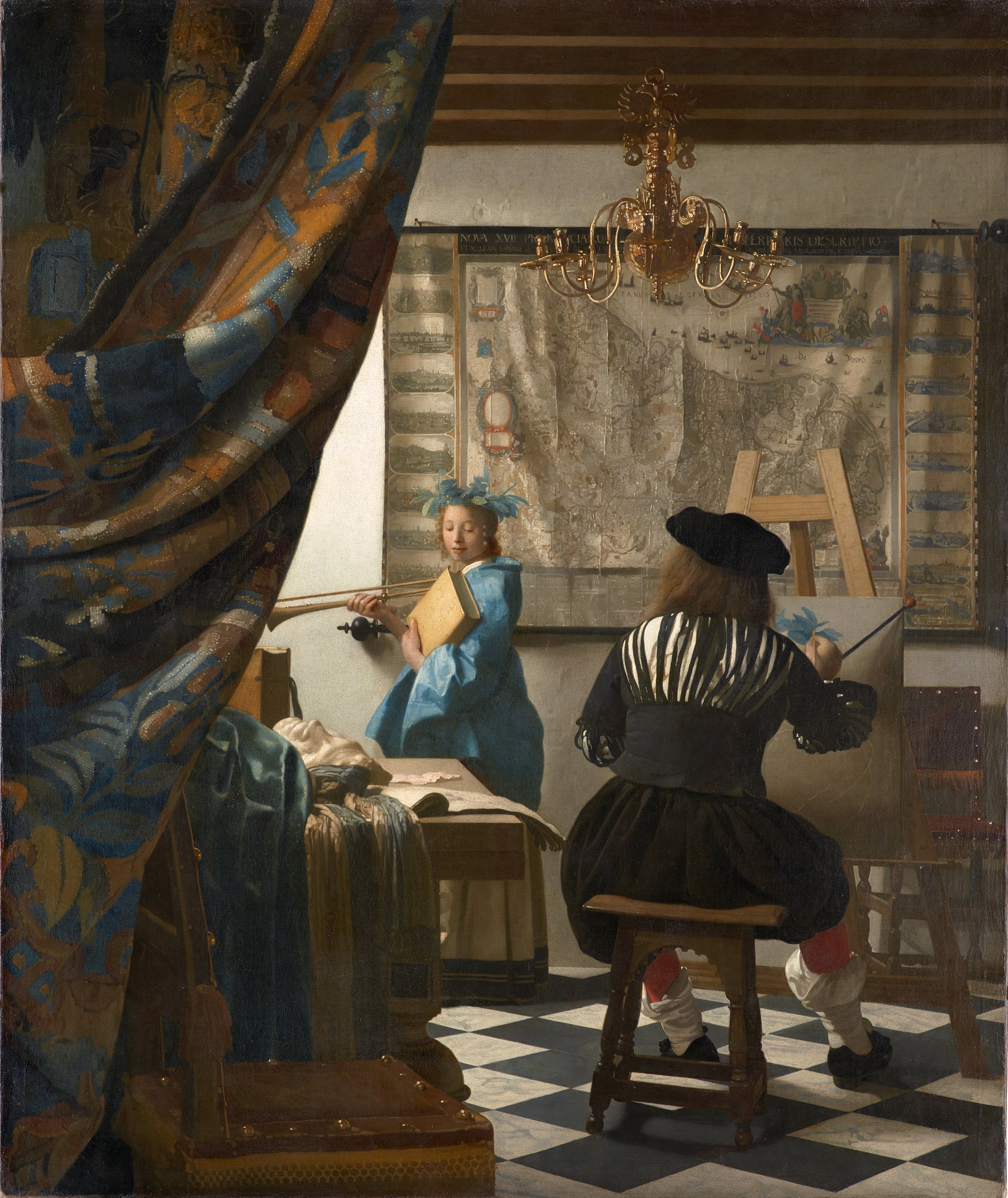
Jan Vermeer’s paintings continue to captivate art enthusiasts and scholars alike with their extraordinary attention to detail, masterful use of light, and ability to capture the essence of everyday life. His works showcase a deep understanding of composition, a meticulous approach to technique, and an unwavering commitment to depicting moments of intimacy and tranquility. Jan Vermeer’s artistic legacy continues to inspire and influence artists to this day, leaving an indelible mark on the art world as a master of light and the ordinary.
If you would like to receive a roundup of all of our blog posts once a week to keep you inspired in your inbox, why not sign up to our newsletter. You can access our sign up at the top of our page. If you are a London Art College student and you would like your artwork featured here, drop us a line at any time.

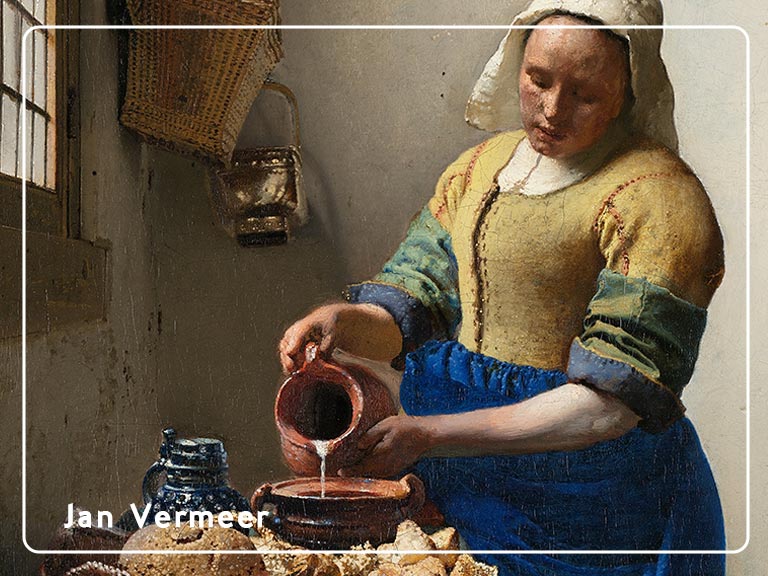
Who could not admire and wonder in awe at Jan Vermeer’s beautiful and wonderful painting. I can’t imagine how he managed to produce them in the sort of times he lived in. I wonder if his genius is respected in his own country?
Hi Christine,
We are thrilled you enjoyed the Vermeer blog. His artwork is sensational. It certainly food for thought, we are quite spoilt with our comforts of working these days aren’t we!!
Melanie x